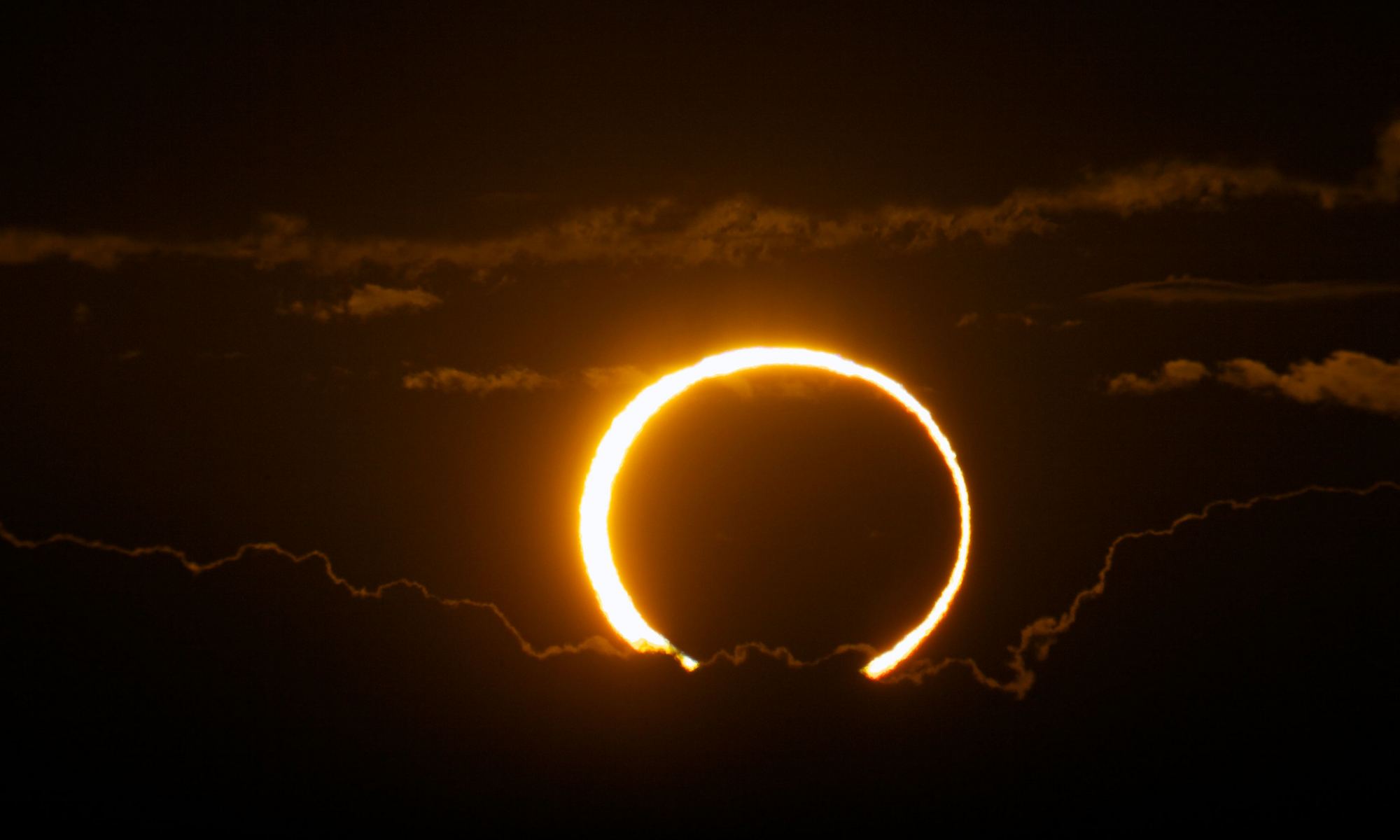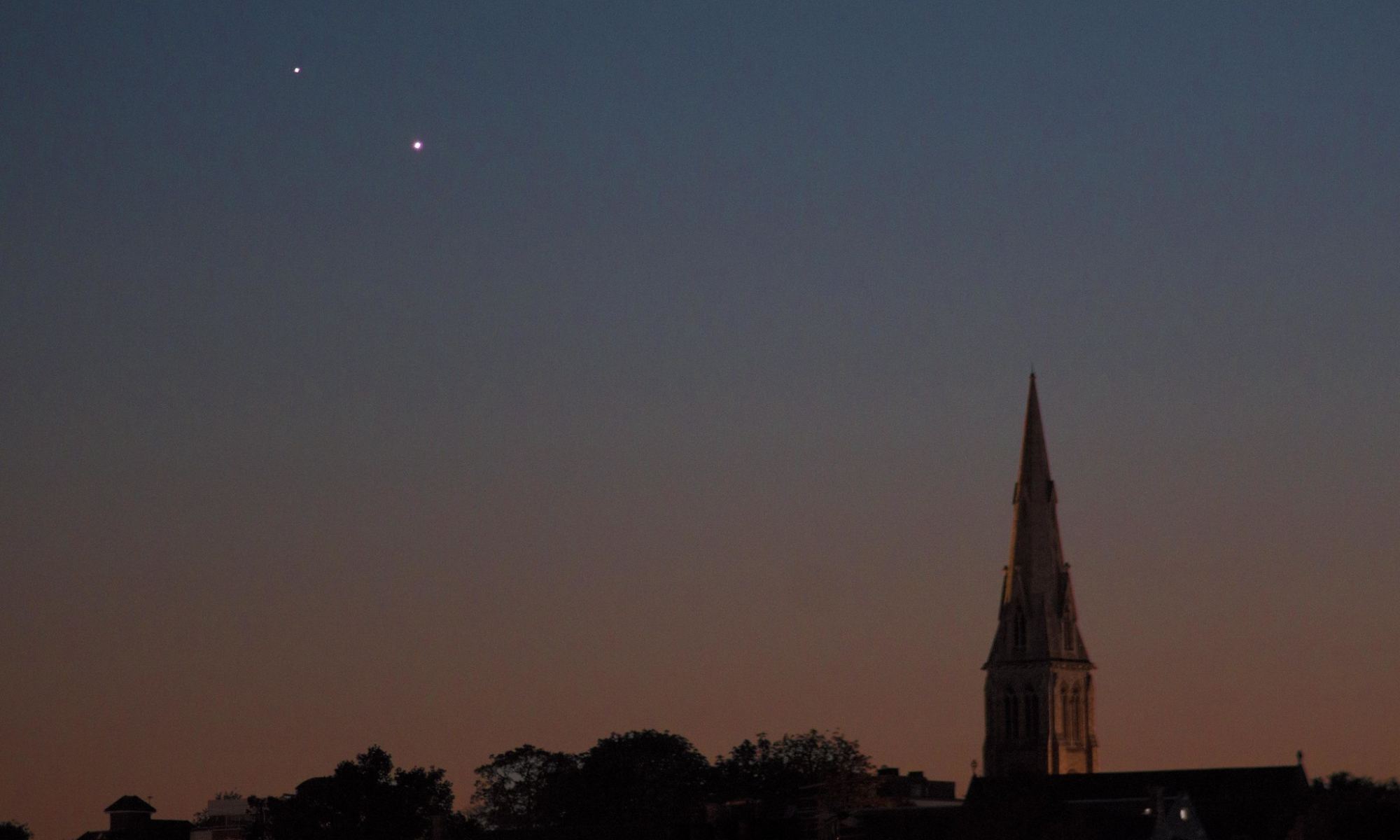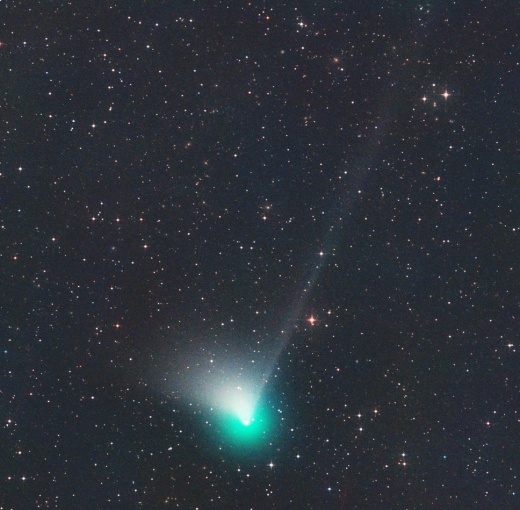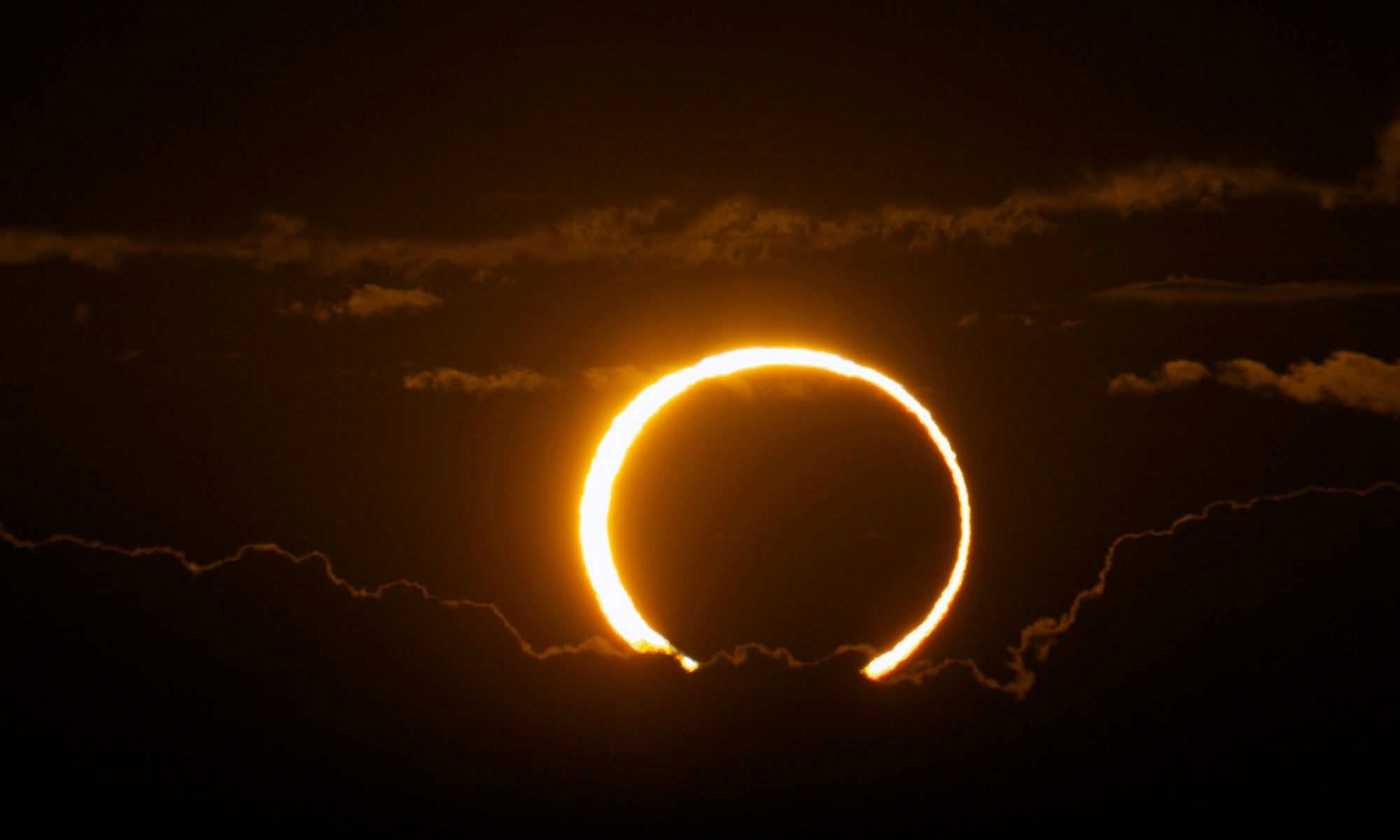The brightest gamma-ray burst ever seen in 2022 still puzzles astronomers.
The more researchers look at a recent record-setting event, the stranger it gets.
The story begins on the evening of October 9th, 2022, when NASA’s Neil Gehrels Swift orbiting observatory detected a strong X-ray outburst. The source was in the direction of the constellation of Sagitta the Arrow along the galactic plane, suggesting a source in our own Milky Way galaxy. Follow-up observations from NASA’s Fermi Gamma-Ray Space Telescope and the Earth-based European Southern Observatory’s Very Large Telescope however, soon revealed that the source was much more distant, emanating from a gamma-ray burst lying beyond our galaxy. This outburst only appeared to have happened along our line of sight as seen through the plane own galaxy from our Earthbound perspective.
Continue reading “Brightest Gamma-ray Burst Shines Light on Milky Way Structure”










